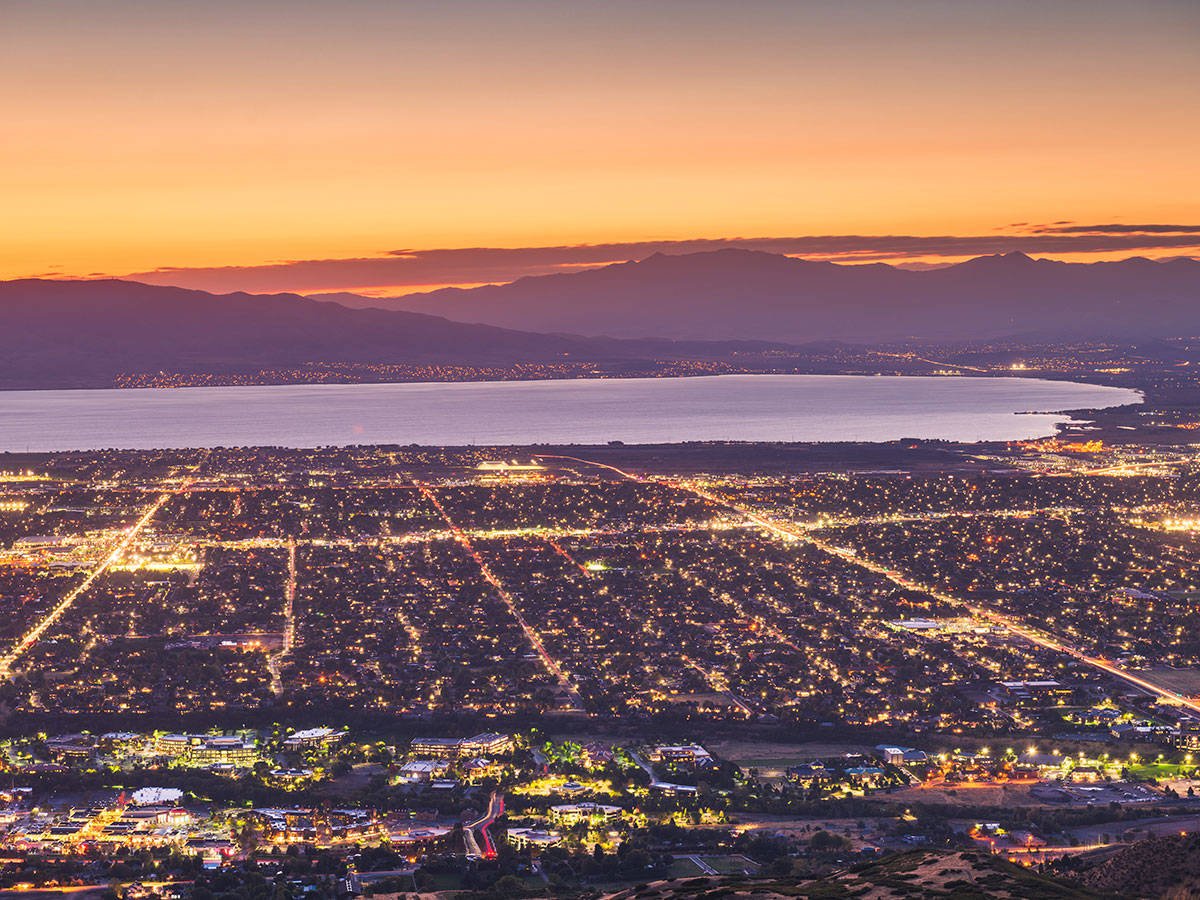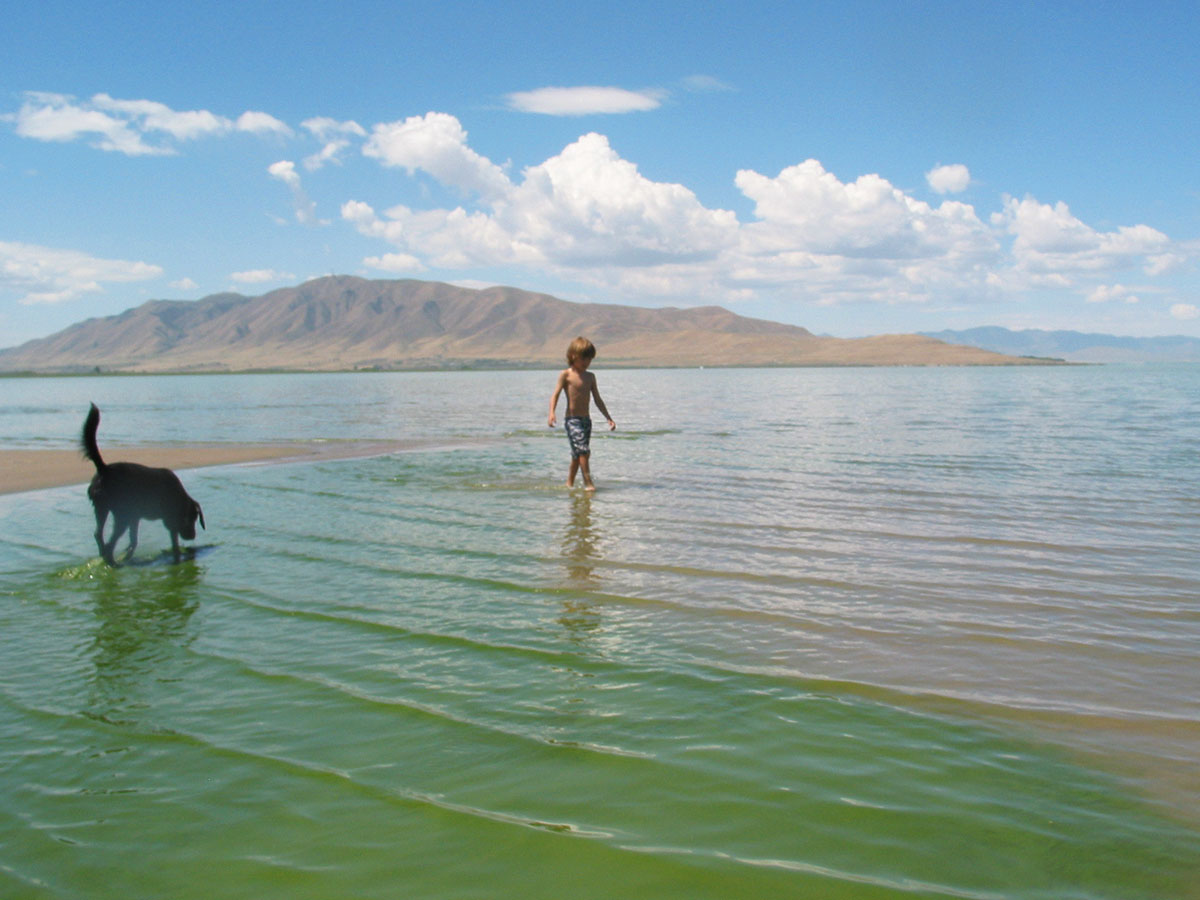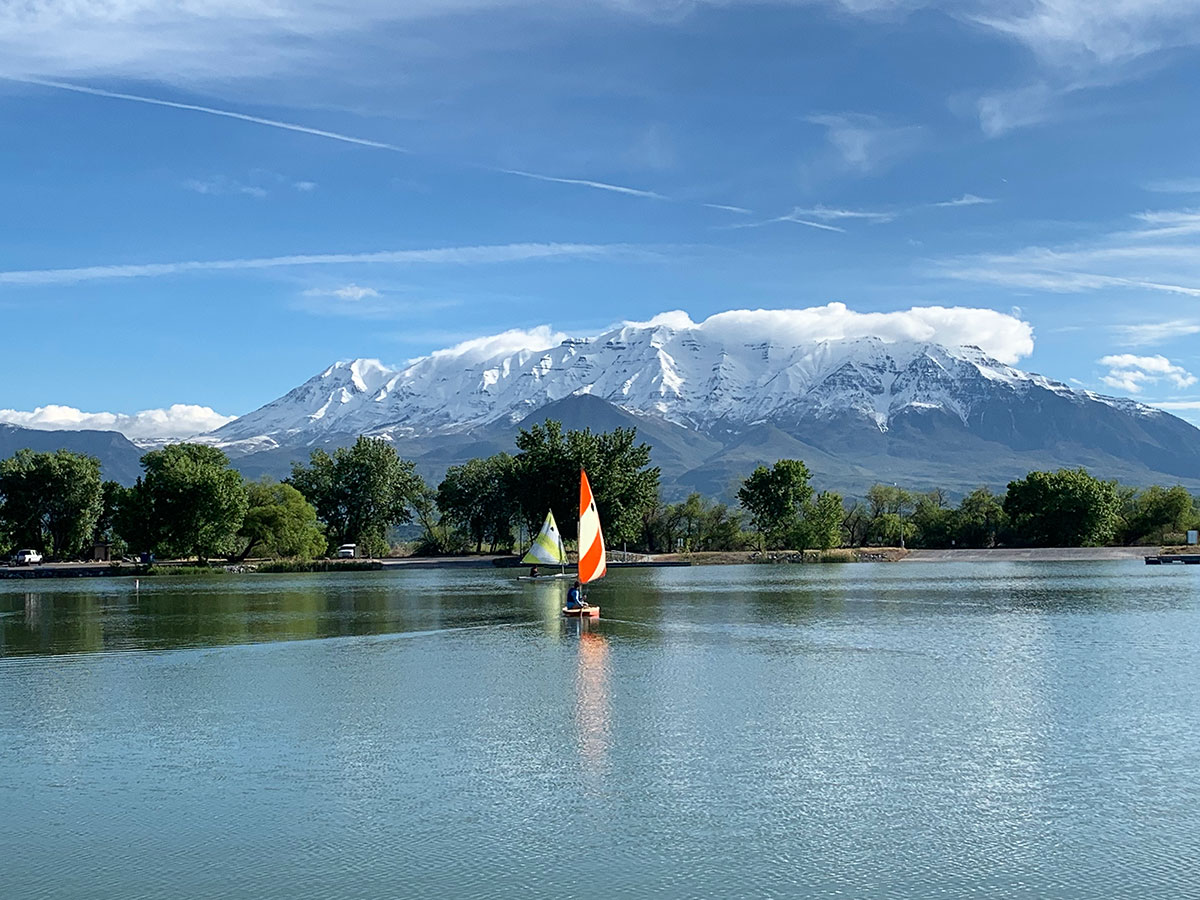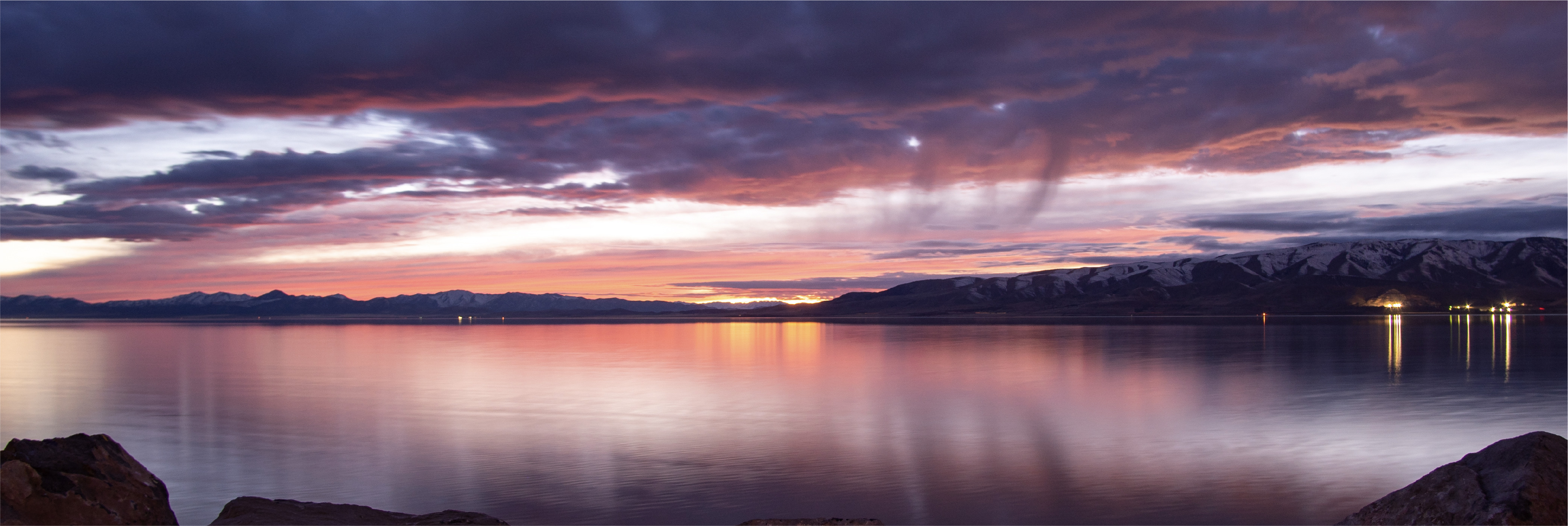Utah Lake is the Beehive State’s largest freshwater lake, covering roughly 148 square miles and spanning 24 miles in length and 13 miles in width. For generations, the lake has been a gathering place, a treasured source of food and resources, and a home for millions of plants and animals.
Human Impact

Utah Lake played a critical role in fostering the growth of civilization in Utah, and as a result the lake has changed since humans first discovered its riches. Human impact on the lake's ecosystem has stressed native fish populations and put them in danger.
Utah Lake's water, for example, is classified as impaired for total dissolved solids and has high levels of phosphorus, which means it is not ideal for aquatic life. The lake's ecosystem, which historically supported many species of fish, is now overrun with carp and is barely able to provide adequate habitat for its two remaining native fish species – the June sucker and the Utah sucker. Efforts to remove non-native carp in recent years are gradually helping to change this.
Native Fish Community
June sucker are unique in having survived while many other of Utah Lake's native fish have not.
When the state of Utah was still in its infancy there were millions of fish in Utah Lake. In fact, eating fish was the only way many people survived. Settlers and members of the Ute tribe fished every available body of water, including the Provo, American Fork, Jordan and Spanish Fork rivers and Utah Lake. The locals weren't the only ones to cast their nets and lines, word spread about the lake's generous offering of fish and fishermen from neighboring valleys descended upon the area. There are stories of being able to pluck tasty trout or sucker out of the water with bare hands, or an unlimited catch from simply dragging unbaited hooks through the water.
There were thirteen native fish species that originally inhabited Utah Lake. Only the June sucker and the Utah sucker are still present. One species, the Utah Lake sculpin is considered extinct with the last specimen collected in 1928. The Bonneville cutthroat trout are primarily restricted to headwater streams. The least chub, native only to Utah and once abundant along the Wasatch Front, persists only in a small population in north Juab Valley and a few areas of the West Desert. The Bonneville redside shiner, mottled sculpin, leatherside chub, Utah chub, speckled dace, longnose dace, mountain whitefish and mountain sucker are no longer in the lake, but still exist in tributaries. All other species of fish present in Utah Lake were introduced intentionally as a food source, or for recreational angling. These introduced species compete with or prey upon the native fish.
Water Quality
Utah Lake water is often described as looking muddy or cloudy. This condition, common in large shallow lakes, is primarily caused by a combination of suspended sediments, precipitated calcium carbonate particles, and algae.

Though many assume this cloudy condition is caused by pollution from human activity, these three contributors to the water’s appearance are primarily from natural sources and do not reliably indicate the presence of human-caused pollution.
Disturbances that likely contribute to Utah Lake’s turbid state include:
- Elevated nutrient loading such as phosphate from agricultural runoff and wastewater
- The introduction and establishment of common carp, which disrupt aquatic vegetation on the lakebed as they search for food
- Wind and wave action, which stir bottom sediments
- Lake level fluctuations, which cause sediments along the shoreline to become suspended.
The Utah Division of Water Quality routinely samples the water quality of the lake and compares those results to State Water Quality Standards. Despite its muddy appearance, Utah Lake maintains high-quality water.
The Division of Water Quality and the Utah Lake Commission have formed the Utah Lake Water Quality Study Steering Committee, comprised of representatives from municipalities, various government agencies, wastewater facilities, water purveyors, and scientists. The purpose of the Committee is to understand the conditions of Utah Lake and identify new nutrient standards. Learn more about the Utah Lake Water Quality Study at www.utahlakedeq.utah.gov.
Shallow Lake Ecology
Utah Lake is very shallow, averaging only about nine feet deep over its 148 square miles. Over millions of years, thousands of feet of sediment have accumulated on the lakebed contributing to its shallow condition and naturally cloudy appearance. The amount of water in the lake is heavily influenced by the amount of snowfall Utah’s mountains receive, producing nearly 98 percent of its inflow. Every summer, the lake loses about one-third to one-half of its volume due mostly to evaporation, reducing the amount of water in the lake by three to four feet between June and September. The lake’s level is also affected by the amount of water taken from the lake and its tributaries for municipal and irrigation uses.
Recreation

Utah Lake provides a wide variety of recreational activities, ranging from boating and fishing, to bird watching and paddle boarding.
The Utah Lake Commission has compiled a list of activities for those interested in exploring more of what Utah Lake has to offer:



